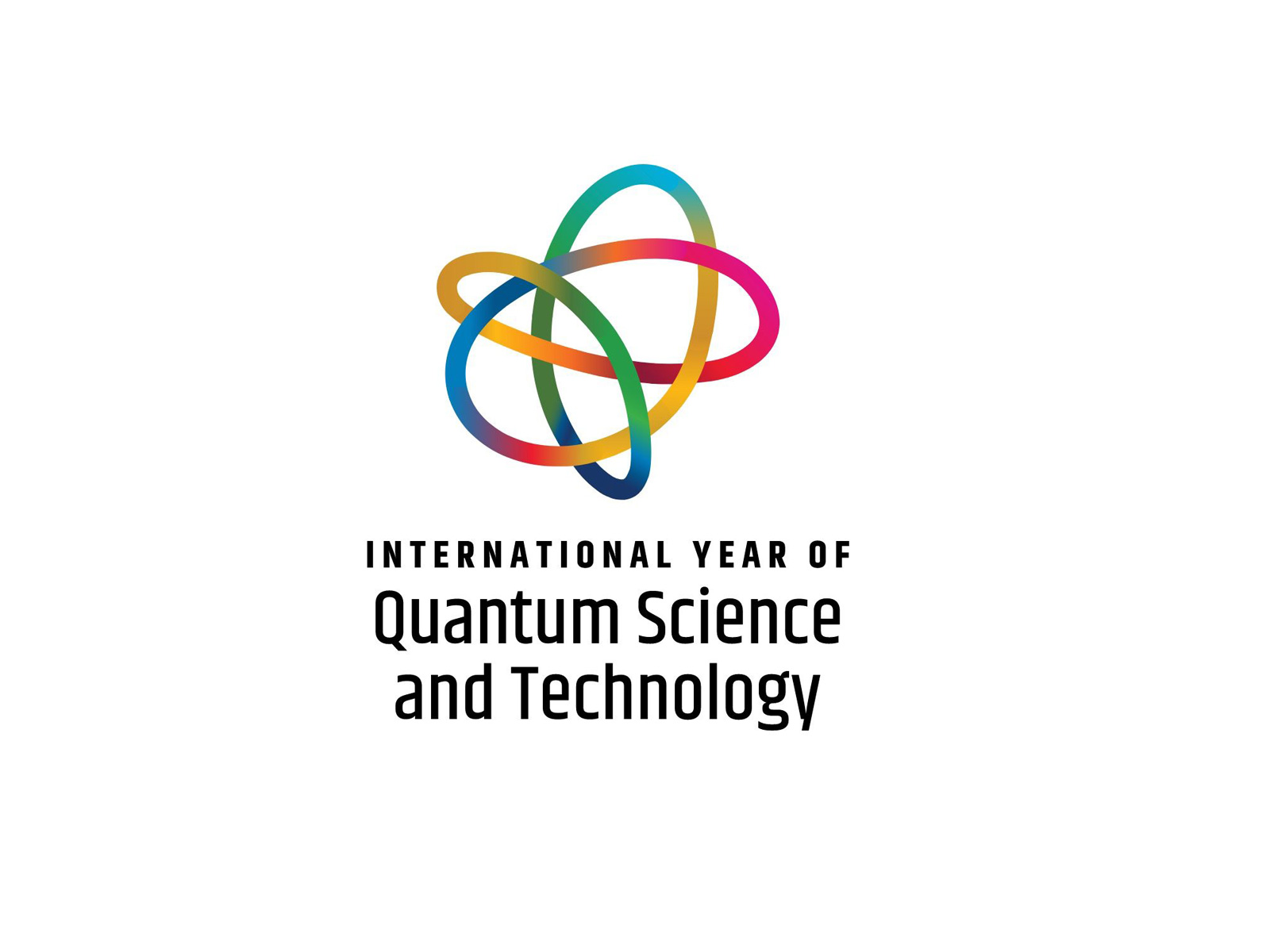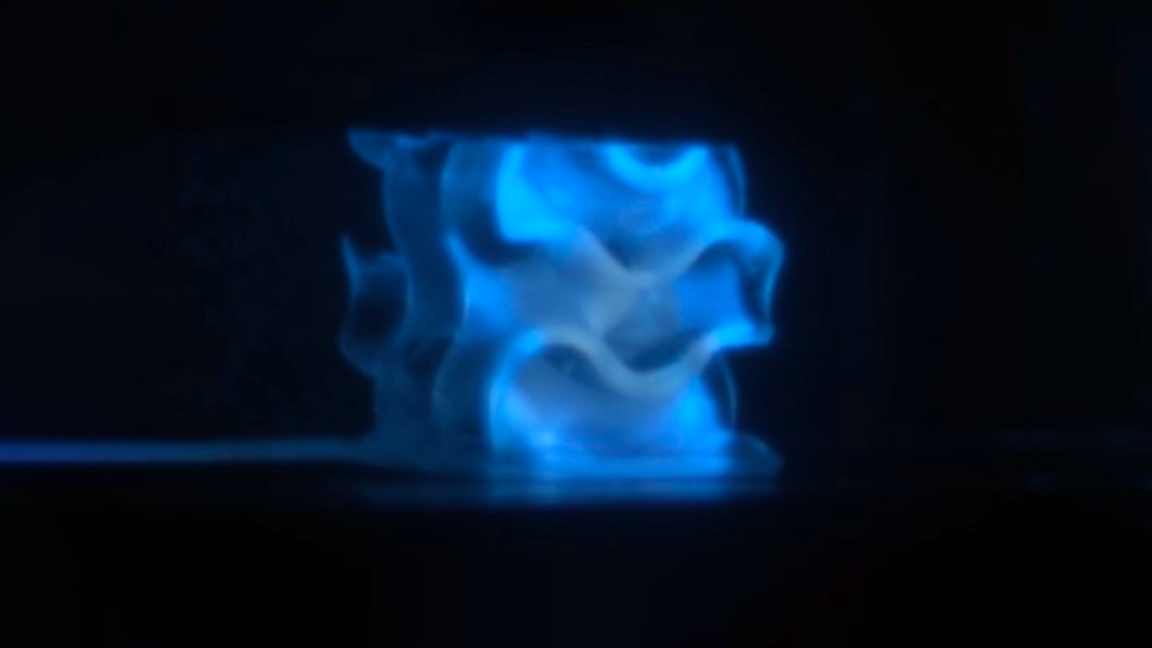 On 2 October, an exhibition dedicated to the famous Italian physicist Enrico Fermi was inaugurated at the Italian Embassy in Washington. The exhibition was inaugurated on the 75th anniversary of Fermi’s first self-powered nuclear chain reaction at the University of Chicago. It is organised by the Scientific Office of the Italian Embassy and by the Italian Cultural Institute in Washington and promoted by INFN and the Italian Space Agency (ASI), in collaboration with the Domus Galilaeana foundation, the physics history museum of La Sapienza University of Rome, the American National Gallery of Art, Fermilab and the Fermi Centre. The exhibition entitled “Enrico Fermi, the Pope of Physics”, includes some of Fermi’s original manuscripts and instruments coming from Italy and from the United States. It is an opportunity to honour the greatest Italian scientist since Galileo’s time, renamed by his colleagues “the Pope” because, they said, he was infallible, who changed our world with his studies on the atom, opening the way to innovations in the field of physics and technology. The initiative will follow the lines of the Galilean celebrations already organised in 2014. Stefano Lami, the Scientific Attaché in Washington, explains:”we want to take the opportunity to present current Italian excellence in research and innovation and the close collaboration between Italy and the United States in the field of science and development of cutting-edge technologies”.
On 2 October, an exhibition dedicated to the famous Italian physicist Enrico Fermi was inaugurated at the Italian Embassy in Washington. The exhibition was inaugurated on the 75th anniversary of Fermi’s first self-powered nuclear chain reaction at the University of Chicago. It is organised by the Scientific Office of the Italian Embassy and by the Italian Cultural Institute in Washington and promoted by INFN and the Italian Space Agency (ASI), in collaboration with the Domus Galilaeana foundation, the physics history museum of La Sapienza University of Rome, the American National Gallery of Art, Fermilab and the Fermi Centre. The exhibition entitled “Enrico Fermi, the Pope of Physics”, includes some of Fermi’s original manuscripts and instruments coming from Italy and from the United States. It is an opportunity to honour the greatest Italian scientist since Galileo’s time, renamed by his colleagues “the Pope” because, they said, he was infallible, who changed our world with his studies on the atom, opening the way to innovations in the field of physics and technology. The initiative will follow the lines of the Galilean celebrations already organised in 2014. Stefano Lami, the Scientific Attaché in Washington, explains:”we want to take the opportunity to present current Italian excellence in research and innovation and the close collaboration between Italy and the United States in the field of science and development of cutting-edge technologies”.
You might also be interested in

EuPRAXIA chooses ELI Beamlines as second site for laser-driven accelerator

The record neutrino observed by KM3NeT
07 February 2025
Read more The record neutrino observed by KM3NeT

INFN celebrates the STEM WEEK and the International Day of Women and Girl in Science 2025

International Year of Quantum Science and Technology, 2025
03 February 2025
Read more International Year of Quantum Science and Technology, 2025

A new generation of plastic scintillators thanks to 3d printing

Capturing the accretion flow of M87* black hole
22 January 2025
Read more Capturing the accretion flow of M87* black hole